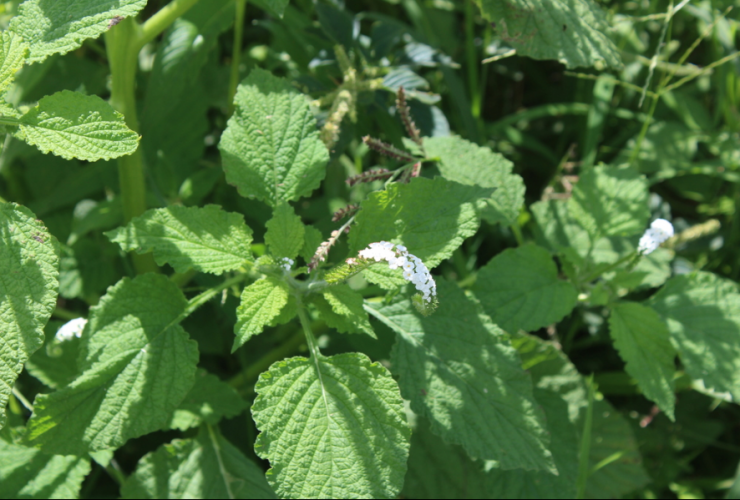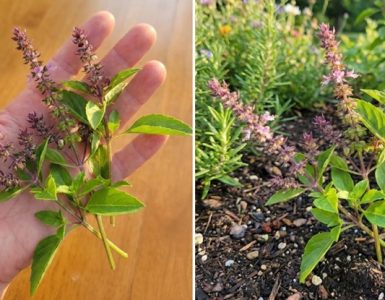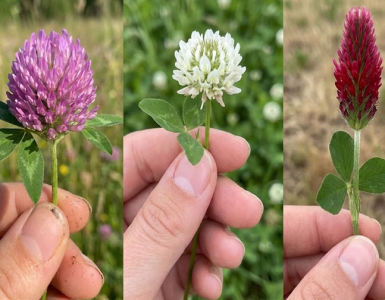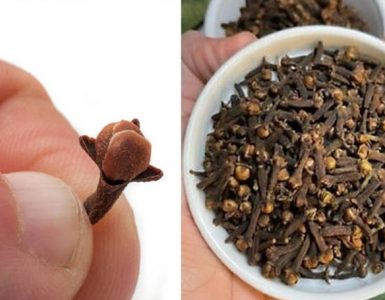Heliotropium indicum, commonly known as Indian heliotrope, is a medicinal plant that has been widely used in traditional medicine across various cultures. Belonging to the Boraginaceae family, this small, herbaceous plant is known for its distinctive coiled flower spikes, which resemble a scorpion’s tail, and its therapeutic properties. Found in tropical and subtropical regions, Heliotropium indicum has gained recognition for its potential in treating a variety of ailments and promoting overall health.
Botanical Overview
Scientific Name: Heliotropium indicum
Common Names: Indian heliotrope, turnsole, scorpion’s tail, “herbe aux verrues” (French, meaning wart herb).
Family: Boraginaceae
Native Range: Tropical regions of Asia, Africa, and the Americas.
Habitat: Thrives in open fields, roadsides, and waste areas with well-drained soils.
Key Constituents of Heliotropium indicum
Heliotropium indicum contains various bioactive compounds that are responsible for its medicinal properties:
Pyrrolizidine alkaloids: Known for their antimicrobial and anti-inflammatory effects.
Flavonoids: Potent antioxidants that protect against free radicals.
Tannins: Astringent compounds that aid in wound healing.
Saponins: Compounds with antimicrobial and immune-boosting properties.
Coumarins: Known for their anti-inflammatory and anticoagulant effects.
Traditional Uses of Heliotropium indicum
The plant has been widely utilized in traditional medicine systems, such as Ayurveda, Unani, and folk medicine practices in Africa and the Americas. Some of its key uses include:
1.Skin Conditions
The leaves of Heliotropium indicum are crushed to extract their juice, which is applied topically to treat:
Wounds: Speeds up healing and prevents infection.
Skin ulcers: Aids in reducing inflammation and promoting tissue regeneration.
Eczema and rashes: Relieves itching and irritation.
Warts: Known in some cultures as the “wart herb,” its juice is applied directly to warts for removal.
2.Anti-Inflammatory Applications
Poultices made from the leaves are used to reduce swelling and inflammation in:
Arthritis: Alleviates joint pain and stiffness.
Sprains and bruises: Soothes injuries and accelerates recovery.
3.Respiratory Health
Decoctions made from the plant are consumed to treat:
Coughs and colds: Acts as an expectorant, helping to clear mucus.
Bronchitis: Reduces inflammation in the airways.
4.Gastrointestinal Relief
The plant’s extracts are used to manage digestive issues such as:
Dysentery: Provides relief from abdominal pain and diarrhea.
Stomach ulcers: Protects the stomach lining and reduces acidity.
5.Antimicrobial Agent
The plant exhibits antibacterial and antifungal properties, making it effective against:
Minor infections: Used as a natural remedy for cuts, burns, and fungal skin infections.
Urinary tract infections (UTIs): Decoctions of the plant may be consumed to help combat mild UTIs.
6.Pain Management
The plant’s analgesic properties help relieve:
Headaches: Leaf poultices applied to the forehead provide relief.
Toothaches: The juice is sometimes applied to the gums.
7.Eye Health
In some cultures, the juice from the leaves is used as eye drops to treat conjunctivitis and soothe irritation.
Modern Research and Potential Benefits
Recent studies have begun to validate the traditional uses of Heliotropium indicum:
Anti-Cancer Properties:
Preliminary studies suggest that the plant’s extracts may have cytotoxic effects on cancer cells, making it a potential candidate for future cancer treatments.
Wound Healing:
Research has shown that the plant accelerates wound contraction and promotes the formation of new tissue.
Antioxidant Activity:
The flavonoids and tannins in the plant exhibit strong antioxidant properties, which protect against cellular damage and support overall health.
Anti-Microbial Activity:
Extracts of Heliotropium indicum have been found effective against a range of bacteria and fungi, supporting its traditional use in treating infections.
How to Use Heliotropium indicum
- Topical Application
Crush fresh leaves to make a paste or extract their juice.
Apply directly to wounds, warts, or inflamed areas. - Herbal Decoction
Boil a handful of leaves in water for 10–15 minutes.
Strain and consume for respiratory or digestive ailments. - Poultices
Wrap crushed leaves in a clean cloth and apply to swollen joints, sprains, or bruises. - Eye Drops
Diluted leaf juice is used as eye drops in traditional medicine for infections. (Note: Consult a healthcare provider before use.)
Precautions and Considerations
While Heliotropium indicum offers numerous benefits, it should be used cautiously:
Pyrrolizidine Alkaloids: These compounds can be toxic to the liver if consumed in large quantities or over long periods. Always consult a healthcare professional before internal use.
Pregnancy and Breastfeeding: Avoid using the plant during pregnancy or breastfeeding due to potential risks.
Allergies: Perform a patch test before applying the plant topically to avoid allergic reactions.
Ecological Importance
Beyond its medicinal uses, Heliotropium indicum plays a role in its ecosystem:
It provides nectar for pollinators such as bees and butterflies.
The plant is often used in soil conservation due to its ability to grow in poor soils.
Heliotropium indicum is a versatile plant with a rich history of use in traditional medicine. From wound healing and inflammation relief to respiratory and digestive support, this herb has proven to be a powerful natural remedy. However, it is essential to use it responsibly and under guidance due to its potential toxicity. With modern research continuing to explore its benefits, Heliotropium indicum remains a plant of significant medicinal and ecological value.






Add comment